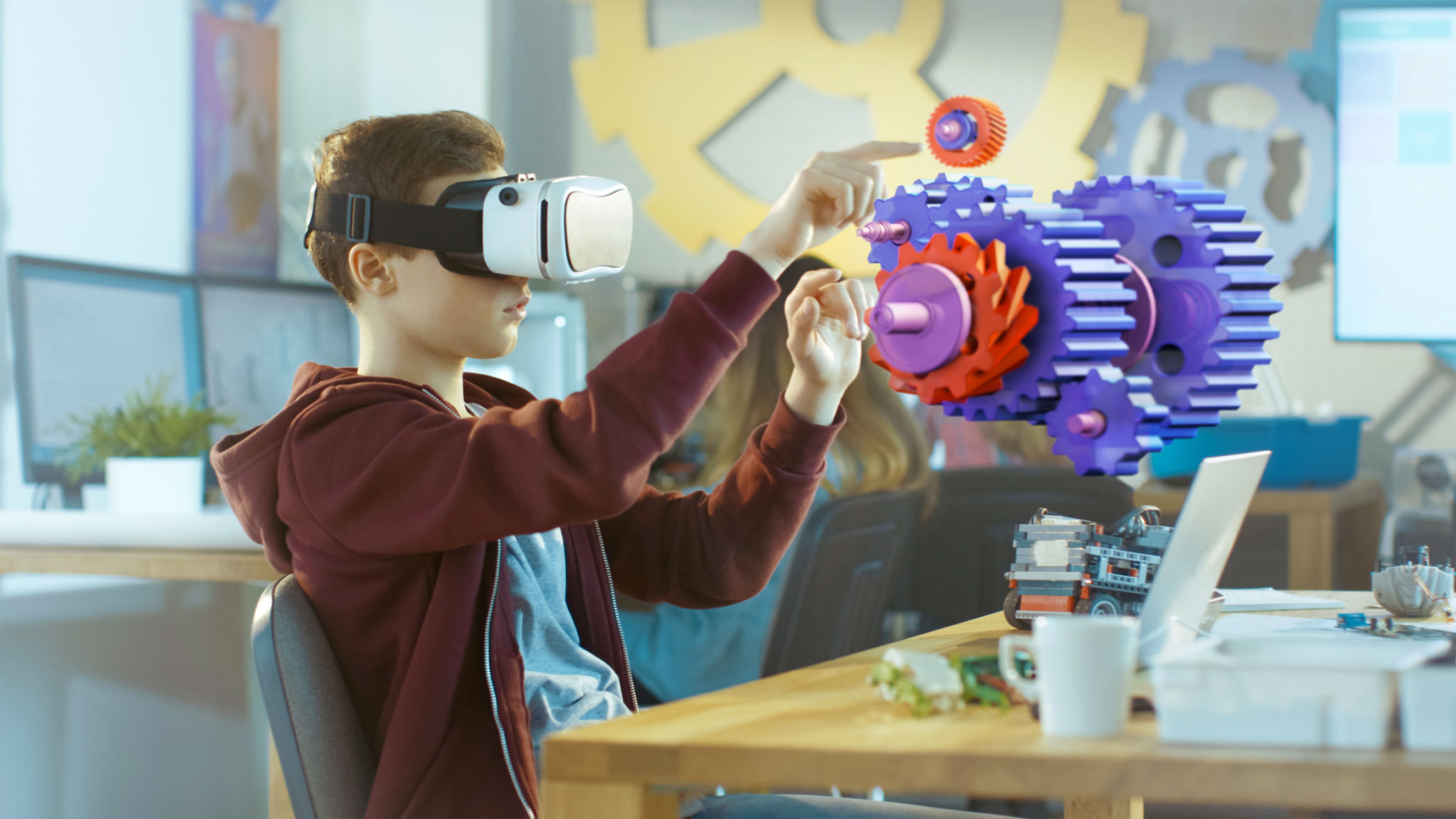How Virtual Reality is Revolutionizing Coding Lessons for Youngsters
Introduction to Virtual Reality in Education
Virtual Reality (VR) is no longer just a tool for gamers or tech enthusiasts. It has made its way into the educational sector, bringing with it a plethora of opportunities. One of the most exciting applications of VR is in teaching coding to youngsters. By creating immersive environments, VR is transforming how young students engage with and understand coding concepts.

The Benefits of VR in Coding Education
One of the primary advantages of using VR for coding lessons is the level of engagement it offers. Traditional classroom environments can sometimes struggle to maintain the interest of young learners. However, VR captivates students' attention by providing an interactive and dynamic learning experience.
Additionally, VR allows students to visualize abstract coding concepts in a more tangible way. Concepts that were once confined to textbooks and screens can now be explored in a 3D space, making them easier to understand and apply.
Enhancing Problem-Solving Skills
VR environments are designed to challenge students with coding puzzles and tasks that require critical thinking. These virtual scenarios help students develop problem-solving skills by encouraging them to experiment and learn from their mistakes in a safe and controlled setting.

Interactive and Personalized Learning Experience
Every student learns at their own pace, and VR accommodates this by offering personalized learning experiences. With VR, students can revisit lessons, take more time on challenging topics, or move quickly through areas they find easier. This level of customization ensures that each learner receives an education tailored to their individual needs.
Moreover, VR can simulate real-world applications of coding, allowing students to see how their skills can be applied in various industries. This not only motivates them but also helps them understand the practical relevance of what they're learning.
Breaking Geographical Barriers
Another significant advantage of VR is its ability to connect students from different parts of the world. Virtual classrooms can bring together learners from various backgrounds, promoting diversity and collaboration. This global interaction helps students gain different perspectives and fosters a sense of community among young coders.

Challenges and Considerations
While VR offers numerous benefits, it's essential to consider the challenges associated with its implementation. The cost of VR equipment can be a barrier for some educational institutions. Additionally, there may be a learning curve for both educators and students as they adapt to this new technology.
It's crucial for schools to have the necessary infrastructure and support systems in place to ensure a smooth transition to VR-based learning. Training teachers and providing ongoing technical support will be key to maximizing the effectiveness of VR in education.
The Future of VR in Coding Education
As technology continues to evolve, the potential for VR in education will only grow. With advancements in software and hardware, VR experiences will become even more immersive and accessible. This will likely lead to increased adoption in classrooms worldwide, further revolutionizing how youngsters learn coding.
In conclusion, Virtual Reality is poised to play a significant role in shaping the future of education. By making coding lessons more engaging, interactive, and personalized, VR is empowering the next generation of digital innovators.
